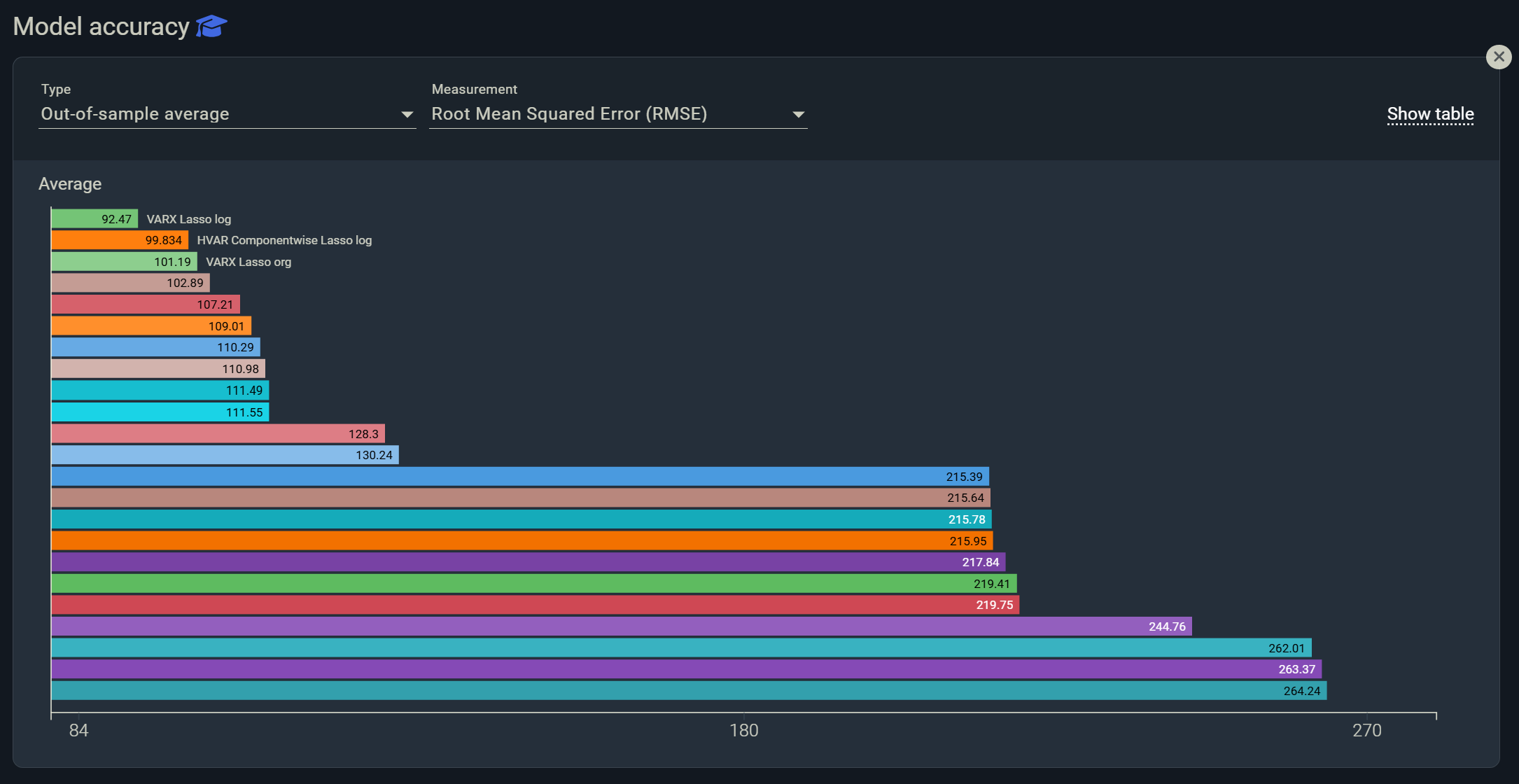In today’s unpredictable global economy, businesses face a harsh reality: traditional demand forecasting models simply don’t work well under uncertainty.
Economic shocks, pandemics, supply chain disruptions, inflation swings, and regulatory changes are constantly reshaping markets. Yet most companies still rely on forecasting models that assumes table, linear trends based on historical data, models that were never designed for the world we live in now.
So why do traditional forecasting models fail during economic uncertainty?
· They assume the future will look like the past.
· They can’t handle sudden shocks like recessions, policy changes, or geopolitical conflicts.
· They ignore complex, nonlinear feedback loops in the economy.
· They offer single-point forecasts, whilereal-world outcomes are full of uncertainty.
When events like COVID-19, trade wars, or financial crises strike, these models break down, often leaving leadership blindsided.
Enter Scenario Simulation: A Smarter Way to Forecast
Scenario simulation (or conditional forecasting) offers a better approach.
Instead of relying on one prediction, scenario simulation models multiple possible futures. For each scenario, it assigns a probability, creating a full range of potential outcomes.
This probabilistic forecasting approach helps business leaders:
· Understand best-case, worst-case, and most likely outcomes.
· Allocate resources based on risk-weighted forecasts.
· Plan proactively for multiple contingencies.
· Avoid common human biases that distortdecision-making.
· Stress-test their strategies against a variety of market conditions.
Real-World Examples of Scenario Simulation in Action
· During the COVID-19 pandemic, businesses modeled different lockdown scenarios to adapt supply chains, staffing, and inventories.
· In the 2008financial crisis, banks that ran scenario models for liquidity and credit shocks managed risk far more effectively.
· In response to U.S.-China trade tensions, manufacturers simulated tariff increases and supplier shifts to protect margins.
· Looking ahead, companies are now using simulation to prepare for climate policy changes, carbon pricing, and regulatory shifts in 2025 and beyond.
You Don’t Need a PhD to Get Started
In the past, scenario simulation was reserved for large companies with in-house economists and advanced statistical teams. Today, that’s changed.
New tools like Indicio provide automated, user-friendly scenario interfaces that let businesses of all sizes apply probabilistic forecasting without needing deep statistical expertise. These platforms integrate seamlessly with existing data sources, BI systems, and planning tools, making simulation a practical solution for any organization serious about navigating uncertainty.
The Bottom Line
Forecasting in uncertainty doesn’t mean eliminating risk, it means being ready for multiple futures.
By adopting scenario simulation, your business can move beyond fragile forecasting models, reduce bias, and plan with greater confidence in a world where uncertainty is the new normal.
Want to learn more? Download our full whitepaper: “Forecasting in Economic Uncertainty: Why Traditional Models Fail, and How Simulation Empowers You with Probabilistic, Multi-Scenario Insights.”



